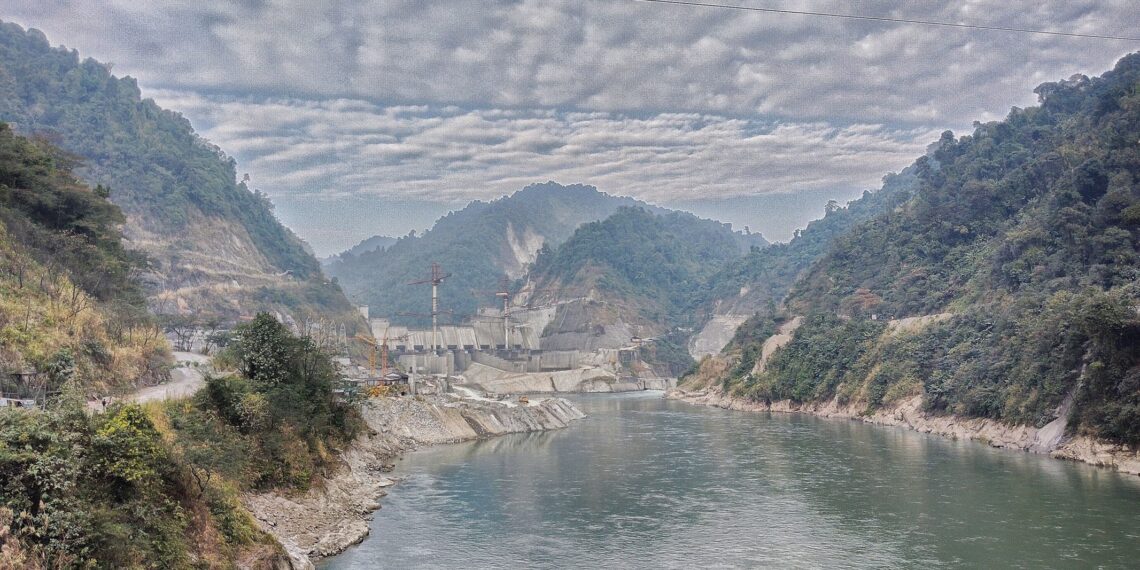Guwahati: NHPC’s 2,000 MW Subansiri Lower Hydro Electric Project, situated along the Assam-Arunachal Pradesh border, has faced yet another setback as recent monsoon rains caused minor damages, the company announced on Thursday.
NHPC clarified that the dam’s main structure remains intact, emphasizing there are no safety concerns.
Originally planned for completion in December 2012, the project is now expected to be commissioned by May 2026, marking a further delay from the previous target of fiscal year-end 2023-24.
The estimated cost has surged to Rs. 26,075 crore, a significant escalation from the initial Rs. 6,285 crore projected in 2002.
The damages reported were confined to the spillway lip portion, caused by boulders, logs, and silt carried by the river flow during the monsoon.
NHPC assured that these minor issues, typical in hydroelectric projects, would be addressed once the rainy season ends, and the dam’s functionality remains unaffected.
The Subansiri project is designed to generate around 7,500 million units of power annually using eight Francis turbines, each with a capacity of 250 MW.
Despite more than 90% of construction being completed by mid-2023, commissioning has been repeatedly postponed due to various challenges.
Since its inception, the project has faced numerous obstacles, including a prolonged halt in construction from December 2011 to October 2019 due to protests by locals and environmental groups over safety and downstream impact concerns.
Legal challenges were resolved by the National Green Tribunal, allowing construction to resume in October 2019.
ALSO READ: Army pays tribute to fallen hero Sepoy Sunilal Muchahary
However, subsequent deadlines set for 2020, 2022, and 2023 were missed.
The project, which began construction in 2005 after receiving forest clearance in 2004, has seen its cost escalate significantly due to delays and inflation.
NHPC reaffirmed its commitment to completing the project, which is anticipated to play a vital role in meeting the region’s energy demands while adhering to safety and environmental standards.















